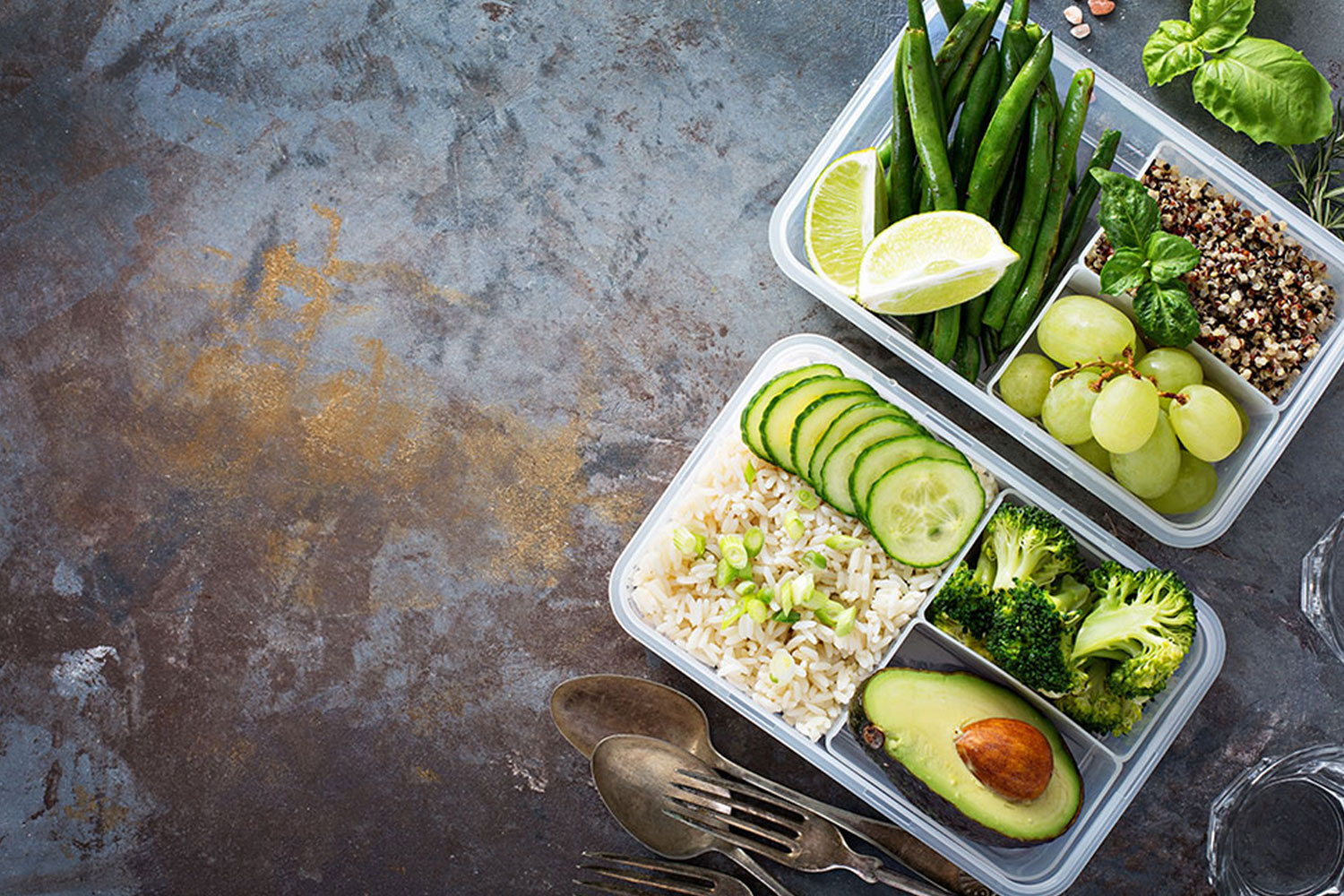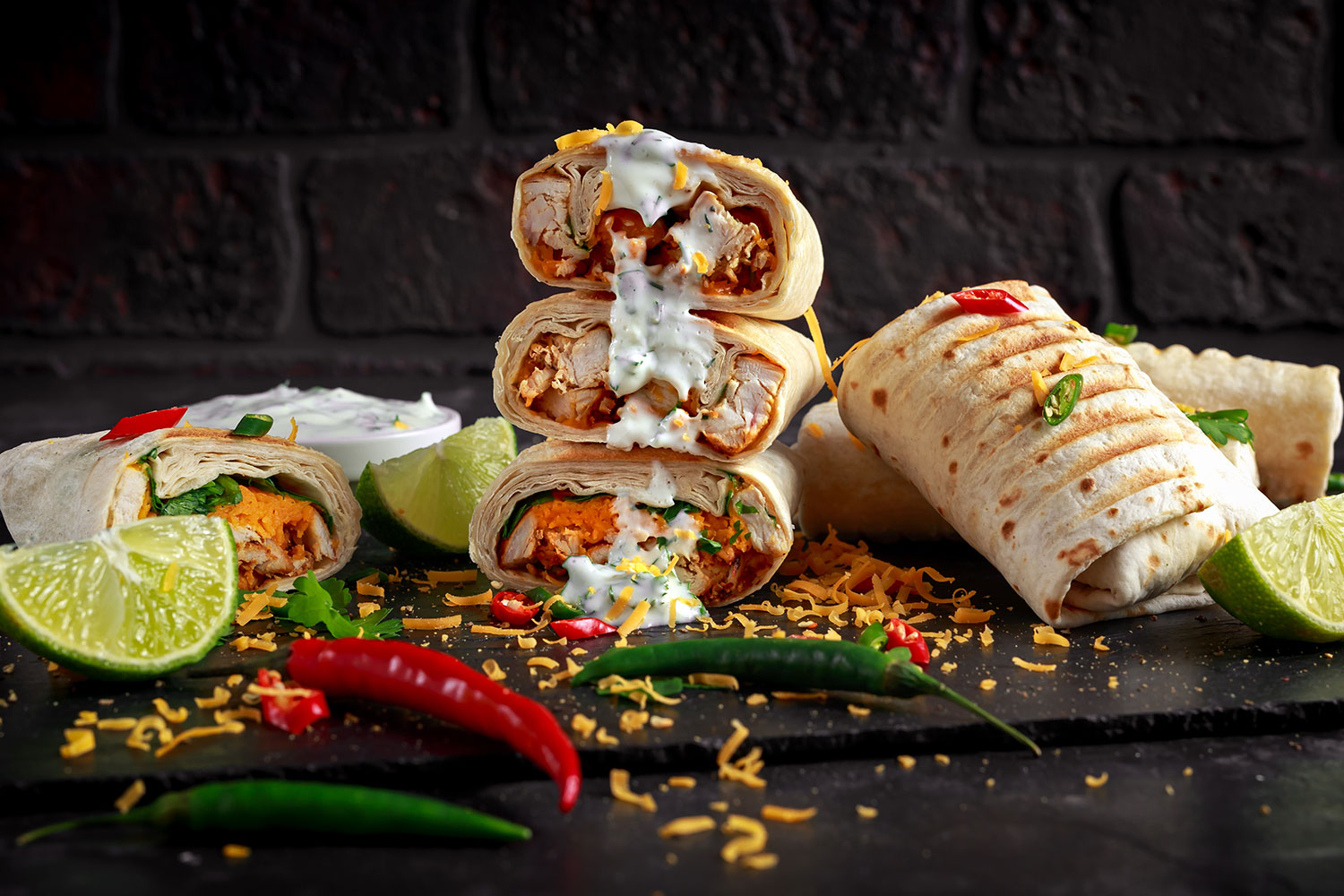You’ve seen the ads asking things like “Stuck in a rut?”, “Want a new idea without restocking your pantry?”, or “Out of time?” Expect to see more of these as do-it-yourself meal kits are more popular than ever and competition is heating up. Rewind 10 years and prepare-dinner-in-advance shops were a family’s rescue, while delivered frozen low-carb and zone meals were a dieter’s best friend. Today, the trend is toward meals for those strapped for time but still want a cook-at-home experience.
Let’s face it – we have a growing appetite for convenience without a growing pocketbook to support more restaurant dining. Cooking at home is family-centered as well as being a healthier option than fast food. But who has the time? When ingredients are supplied in the necessary amounts and easy-to-follow instructions are provided, anyone can put together a meal in about 30-45 minutes.
Meal kits are true time-savers since everything is pre-measured/portioned and often already cut. They offer stress-free cooking without having to think of what’s next. Just follow the directions on a provided recipe card and assemble with your own staples like oil, salt, and pepper. Voila! No wasted leftover ingredients. Say goodbye to that half-empty bottle of unusual sauce on the back shelf or that half bunch of radish rotting away in your fridge.
When someone else crafts the menu, there’s an element of novelty and fun for the home chef to expand his/her repertoire. Suggestions for wine pairings are often included. Even the anticipation of a meal kit can be exciting. Who doesn’t like opening a box with something good inside? In the end, the result can be a restaurant-quality meal straight from your stovetop.
So, what’s the word about nutrient quality and overall nutrition when it comes to delivered DIY meals? Depending on the service or grocer, you can get flavorful, nutrient-dense, and well-balanced meals with seasonal ingredients. Many are suitable for special dietary needs, and organic may be offered for a premium price. Freshness varies depending on the time between when the meal kit was assembled and the day you cook it – optimally, 3 to 5 days.

Servings for a full meal should generally fall around 600 Calories with less than 30 grams of fat, less than 1000 milligrams of sodium, at least 25 grams of protein (15 g for vegetarian) and 5 grams of fiber. Meals are portion-controlled so if your energy needs are higher or lower, you’ll need to adjust accordingly. All kits should include vegetables!
There are two main avenues for boxed meal kits – online order with delivery or grocery stores’ own versions. Here’s how they stack up:
Delivered
Supermarket
- Most allow some customization
- You get what’s in the box, as-is
- Several options for each week
- Limited selection in the deli or salad bar area
- Most offer separate menus for vegetarian, paleo, gluten-free, etc.
- Read packaging to see if it fits in your dietary lifestyle
- Pre-select usually a week in advance
- Choose based on what you’re in the mood for
- At your doorstep; no need to be home
- Purchase in store while getting other goods
- Outer packaging to recycle or compost
- Limited materials to recycle, discard
- May need to go online for full nutritional information
- Full ingredients list and Nutrition Facts panel on box
- Subscription based or weekly $ minimums (Some delivery services allow you to sample a meal by ordering a-la-carte or checking out as a guest)
- No commitment; pay as you go each shopping trip


Meal kit at your door or from the store — no matter your choice, neither will do the dishes for you! You’ll pay more than you would if getting all the individual grocery items yourself but less than restaurant price (and no tip required).









